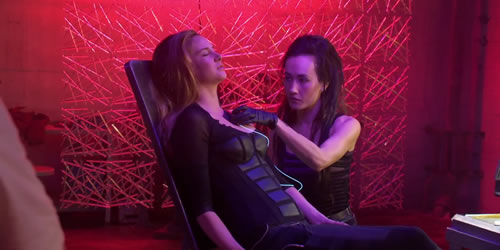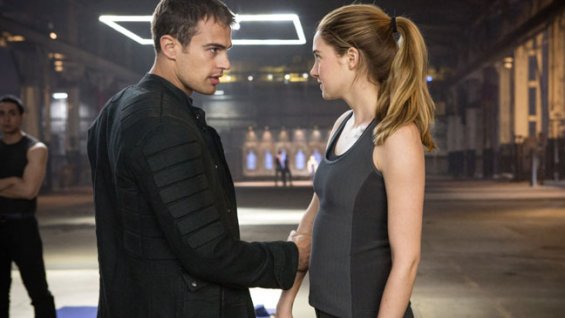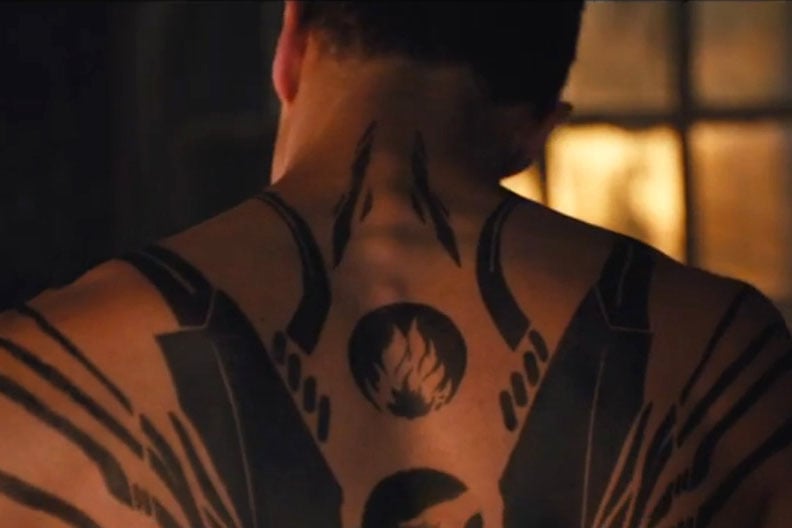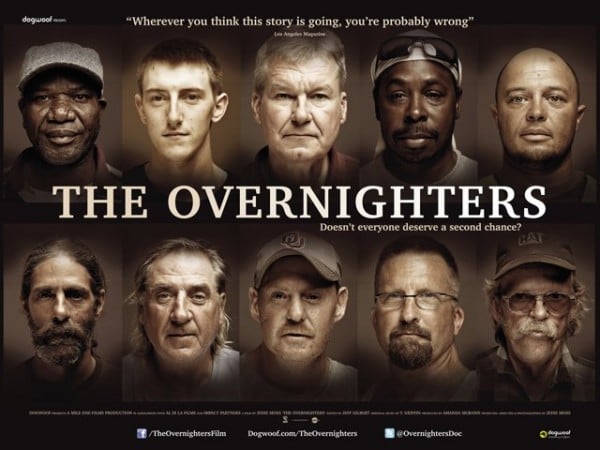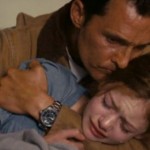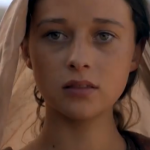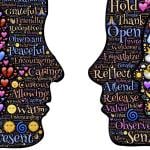It seems everywhere we turn these days, there’s an angst-driven but pure-hearted teen forced to fight for humanity in a darkly dystopian universe.
It started with Harry Potter, I suppose, and his fantastical battle against the Hitleresque Voldemort. Along came Ender’s Game, in which a boy is tasked with saving the world. The current reigning dystopian queen is Katniss Everdeen who takes on the Hunger Games with her trusty bow and arrow.
Divergent, based on the first of a series of books by Veronica Roth, treads much the same ground but has a completely different tone. In a post-war future, the citizens of what used to be Chicago divide into five factions. These factions are like character-based tribes, or maybe really intense fraternities.
Each faction is centered on a human strength and virtue: Abnegation values selfishness, Candor honesty, Amity kindness, Erudite knowledge, and Dauntless bravery.
Based on their personality, carefully calibrated by a personality test at 16, most people tend to fit neatly into one faction. But when Beatrice, an Abnegation teen, takes her test the results show she fits in no faction, or perhaps all of them. She’s Divergent, not easily categorized, and that makes her dangerous to the order.
There is a dark side to this arrangement, for with each virtue comes a vice. One can be brutally honest, for example, or passively kind, or viciously brave. It turns out human nature cannot be shoehorned into factions any more than it can shine in chaos.
For Beatrice, choosing a faction means keeping her dangerous secret, coming into a sense of herself, and finding an attractive boy she just might want to know better.
The adaptation of the book will make fans of the series very happy. Rising star Shailene Woodley plays Beatrice and she brings a fine mix of grit and angst to the role. Theo James as Four (yes, his name is Four) is little more than dreamy, but as the market for this movie is primarily teen girls, dreamy is just fine. There are changes to the plot of the book and to some characters, but none that matter very much. The gist of the story is the same.
The source material is quite dark, but the film manages to keep it within a PG-13 rating. Many characters die, although fewer than in the book, but the violence is safely within PG-13 limits. They use a few words, rhyming with schmich and schmassole, but very rarely.
Sexuality is another matter. One of the distinguishing characteristics of this line of books is the relationship that develops between Beatrice and her love interest. As it goes on, it grows in maturity and mutual respect, surviving misunderstandings and breaches of trust to become something quite interesting. This all starts, as most romances do, with mutual attraction, something explored in both the book and the movie. However, both characters work to reign in their desire as a sign of respect for each other and themselves. In fact, Beatrice both demands and earns respect from her young man, as well as others.
You might call her the anti-Bella.
She’s nothing like that vampire-girlfriend and this romance is nothing like Twilight.
That’s a good thing. However, while the attraction and restraint come through in the movie, the deeper growth of the relationship is not as apparent as in the books. Here’s hoping that they explore it a little more in the sequels, if there are sequels.
This movie suffers by comparison to The Hunger Games. It is not quite the event that Hunger Games movies are. But that does not mean it has less value in its own right.
The focus on human nature, with its glories and frailties, as well as the novel approach to love mean it’s a movie you can be confident in showing to your tween, and even tweens who are able to handle the dark thematic material. At its core, it’s edifying.

